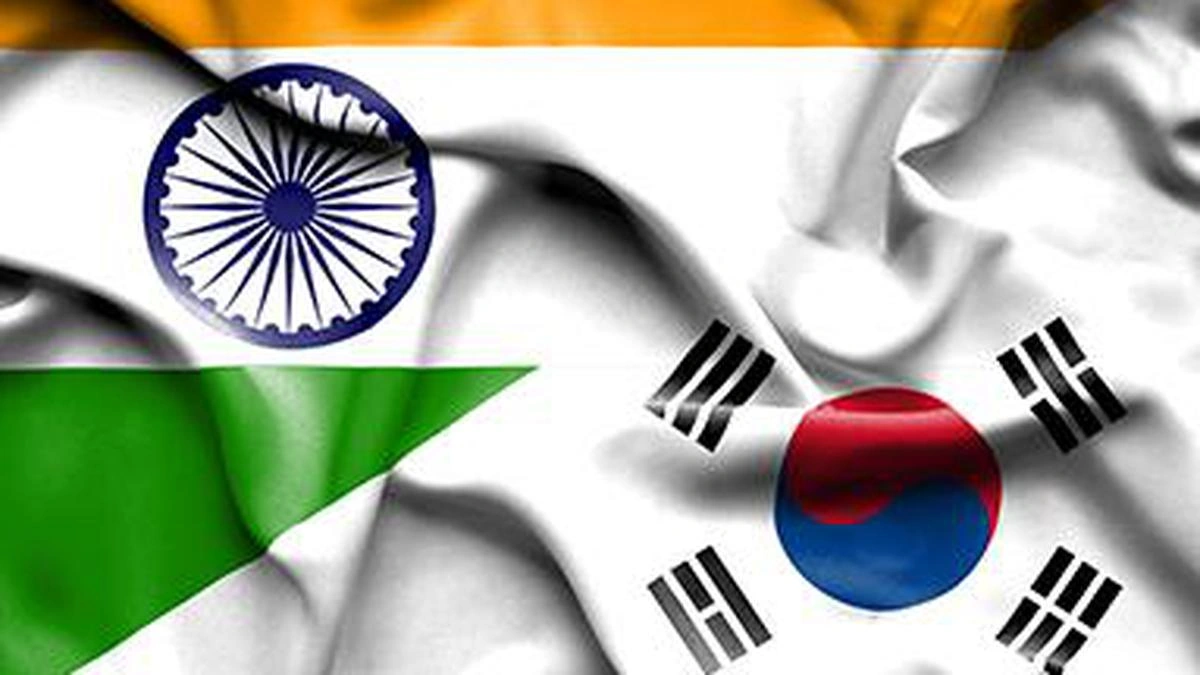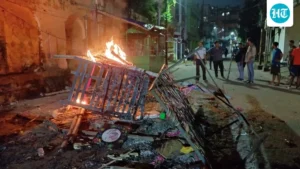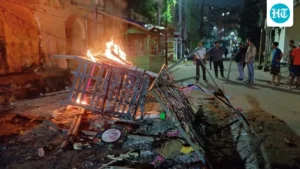The Other August 15th | Why South Korea’s Independence Day is a Story We All Need to Know
Let’s be honest. For most of us in India, August 15th means one thing: our own Independence Day. It’s a day of tricolour flags, patriotic songs on the radio, and that collective memory of a “tryst with destiny.” But what if I told you there’s another global powerhouse, a country whose dramas we binge-watch and whose phones are probably in our pockets, that also marks this very day as its moment of freedom? And its story is, in many ways, even more dramatic and complex.
I’m talking about South Korea. And their South Korea Independence Day , known as Gwangbokjeol , is so much more than just a date on the calendar. It’s the key to understanding everything about modern Korea from the relentless drive of Samsung to the heart-wrenching emotion in a K-drama.
I initially thought this was just a historical coincidence, two nations freed on the same day at the end of World War II. But the more you dig, the more you realise that while the date might be shared, the story behind it is a powerful lesson in resilience, identity, and the haunting ghosts of history. This isn’t just about what happened; it’s about why it still matters so profoundly today.
More Than a Holiday | The Double Meaning of “Restoration of Light Day”
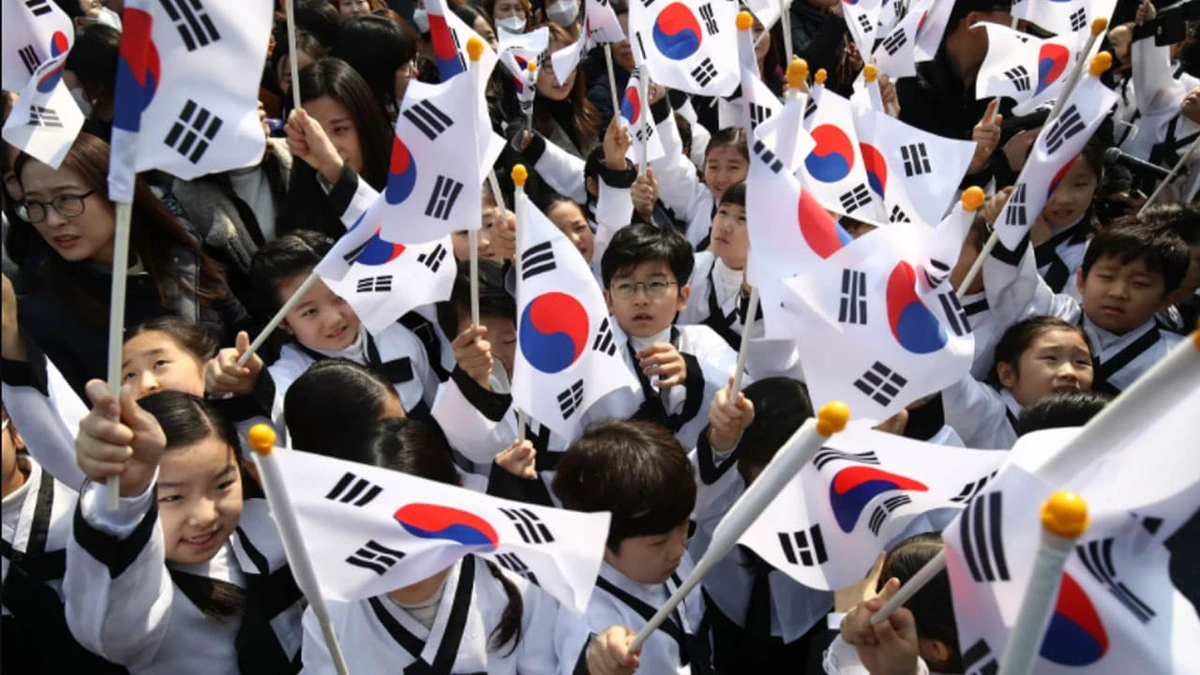
Here’s the thing that immediately sets it apart. The name itself, Gwangbokjeol (광복절), doesn’t just mean “Independence Day.” It translates to “Restoration of Light Day.” Think about that for a second. It implies that for a long time, the nation was plunged in darkness.
And it was. For 35 brutal years, from 1910 to 1945, Korea was under Japanese colonial rule. This wasn’t a passive occupation. It was a systematic attempt to erase an entire culture. The Korean language was banned in schools, people were forced to adopt Japanese names, and historical monuments were destroyed. Hundreds of thousands were forced into labour and military service for the Japanese Empire. It was a period of profound national trauma, a cultural and spiritual darkness.
So, when Japan surrendered to the Allies on August 15, 1945, it was quite literally the light being switched back on. But the story doesn’t end there, and this is the crucial part. Gwangbokjeol also commemorates another event: the formal establishment of the Republic of Korea (South Korea) on August 15, 1948.
This “double liberation” makes the day incredibly layered. It’s a celebration of freedom from a colonial oppressor, but it’s also the birthday of the modern nation-state. This dual identity one of casting off chains, the other of building a new future is the engine that has powered South Korea for over 75 years.
The Scars That Forged a Global Superpower
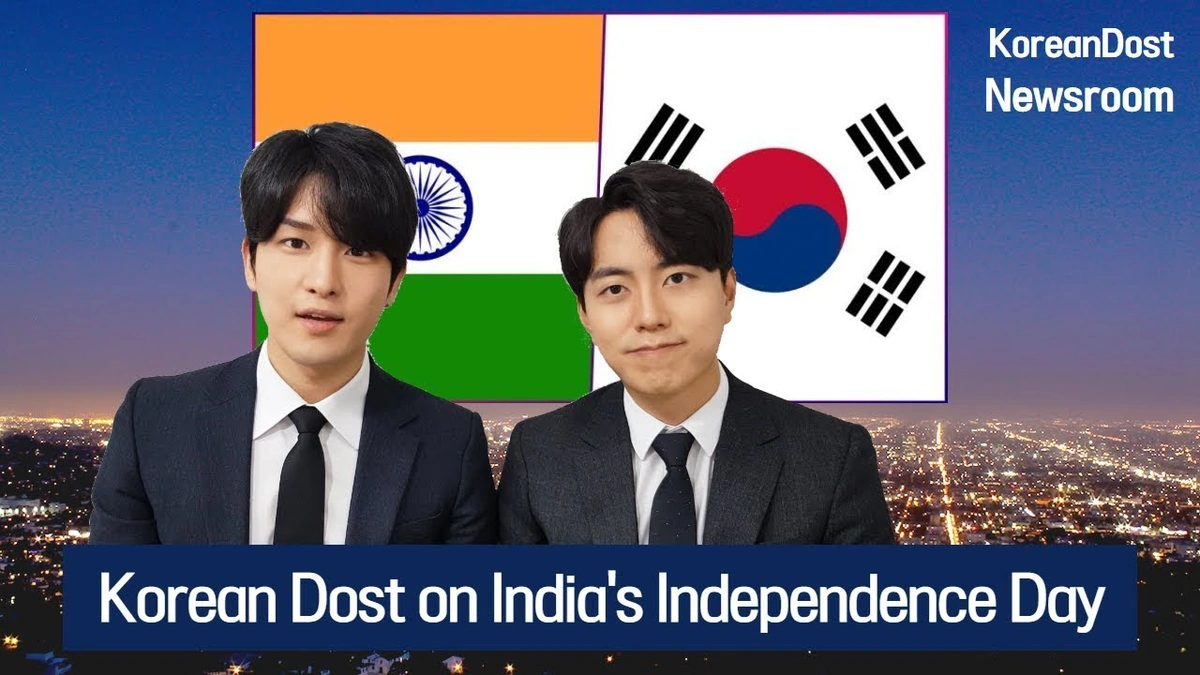
What fascinates me most is how this painful history didn’t just create victims; it created warriors. The trauma of the occupation and the subsequent Korean War (1950-53) which tore the peninsula in two, created a collective national psyche built on a concept called “han.”
Han is a uniquely Korean emotion. There’s no single English word for it. It’s a complex blend of unresolved grief, resentment, sorrow, and a deep-seated yearning for justice. It’s the feeling of a people who have been wronged but are determined to overcome. And let me tell you, that feeling became rocket fuel for what the world now calls the “Miracle on the Han River.”
South Korea was one of the poorest countries on Earth in the 1950s. It had been ravaged by decades of occupation and a devastating war. Yet, in a single generation, it transformed into a global economic and cultural giant. Why? Because the memory of that darkness, the han , created an almost superhuman national drive. It was a collective promise: “Never again. We will never be weak and powerless again.”
So when you see the global dominance of companies like Hyundai, LG, and Samsung, it’s not just brilliant business strategy. It’s the legacy of Gwangbokjeol. It’s the result of a nation working with a feverish intensity to prove its worth, to restore its light so brightly that no one could ever extinguish it again. Even the Hallyu Wave the global explosion of K-pop and K-dramas is a form of this. It’s the ultimate soft power, exporting a culture that was once nearly wiped out. It’s the final, beautiful act of defiance.
A Bittersweet Celebration | Why the Day is Different in the North
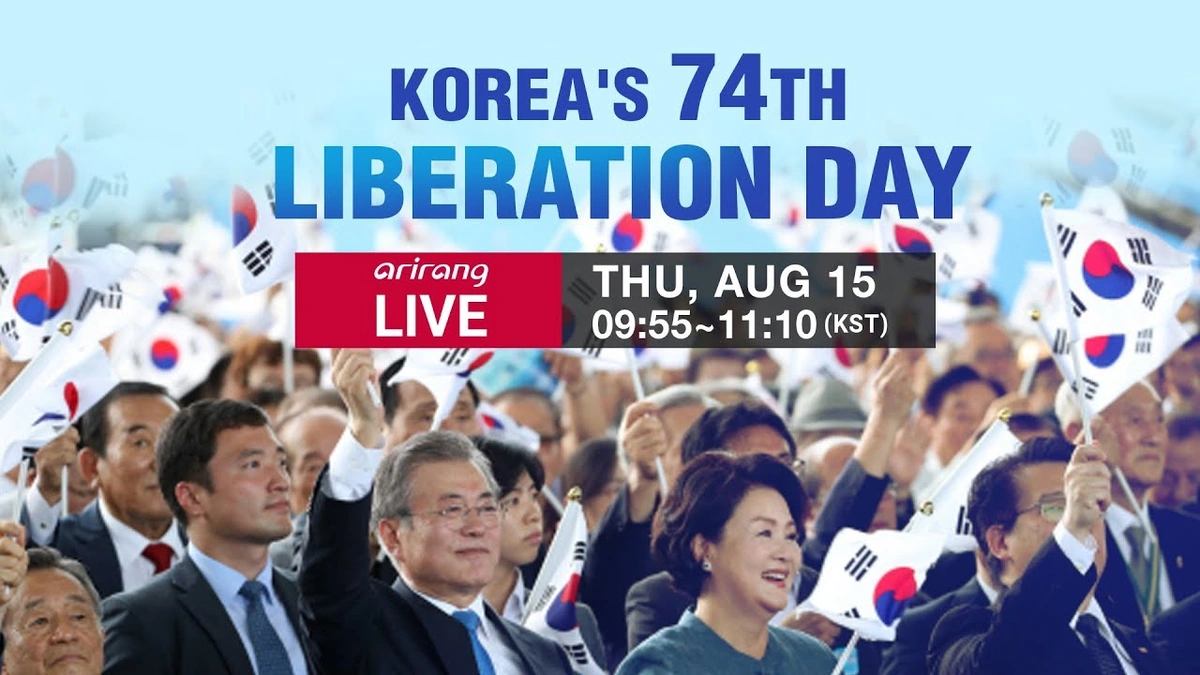
But the story of August 15th on the Korean peninsula has a dark twin. The end of Japanese rule was also the beginning of the ideological division that split the country in two.
As the Japanese left, the Soviet Union occupied the north and the United States occupied the south. This temporary division hardened, leading to the creation of two separate states and, eventually, the catastrophic Korean War. For this reason, Liberation Day of Korea is celebrated very differently north of the 38th parallel.
In North Korea, the day is known as Chogukhaebangŭi nal (“Fatherland Liberation Day”). While they also celebrate freedom from Japan, their entire narrative credits the Soviet Army and their own guerilla fighters, led by Kim Il Sung. The story completely erases the role of the Allied forces and frames it as the first step towards their Juche (self-reliance) ideology. For them, it’s not the birthday of the Republic of Korea, but the first chapter in the story of the DPRK.
This split adds a layer of deep sadness to the celebrations in the South. Every flag raised for Gwangbokjeol is also a silent reminder of a divided family, a nation still technically at war. It’s a celebration of freedom that is, in a profound way, incomplete.
The ‘Taegeukgi’ Flies High | How Korea Celebrates Today
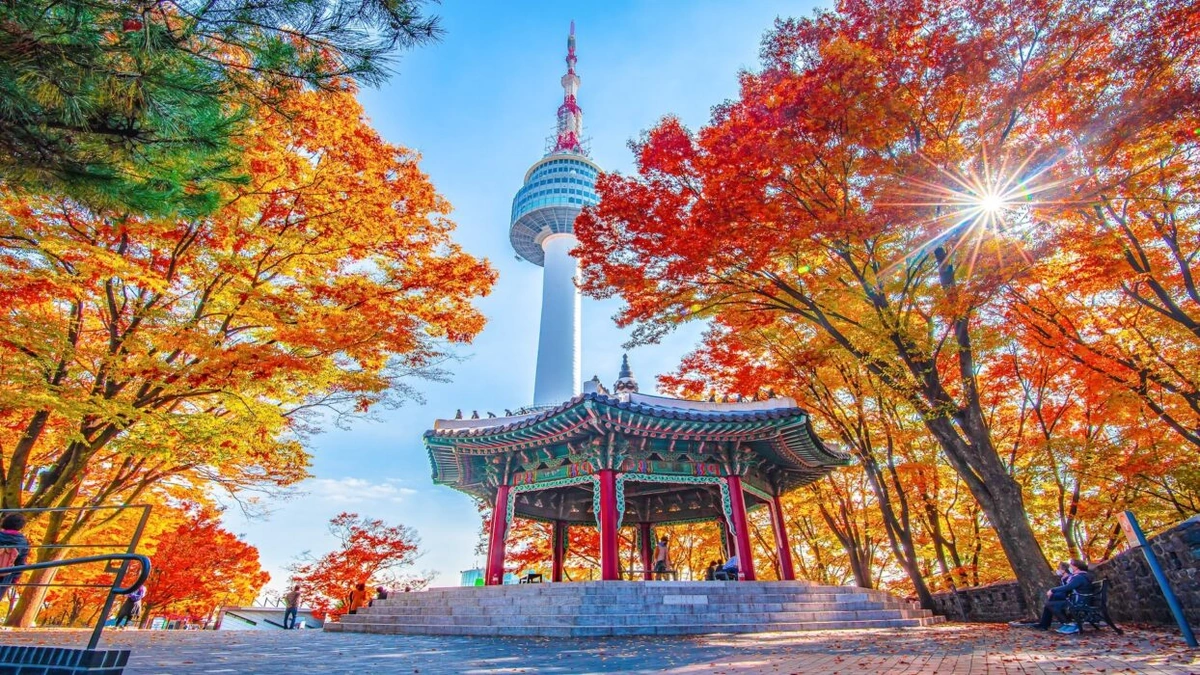
So, what does the day actually look like in Seoul or Busan? It’s a mix of solemn remembrance and patriotic pride. The national flag, the Taegeukgi , is everywhere draped from apartment balconies, lining the streets, and held by children. You can explore more about the national symbols of Korea on their official government pagehere.
There’s an official ceremony attended by the President, often held at the Independence Hall of Korea. It’s a time for major political speeches and, traditionally, a time when special presidential pardons are granted. For ordinary citizens, it’s a public holiday. Many museums and historical sites offer free admission, and public transport is often free as well, encouraging people to reflect on their history.
It feels familiar, in a way. Just as we might watch patriotic movies on our Independence Day, many Koreans will watch historical dramas or documentaries about the colonial period. It’s a day to teach the younger generation about the price their grandparents paid for the freedom they now enjoy. It is a deeply personal, as well as a public, holiday. It’s a day when the past is not just remembered but actively felt. Speaking of history, you might find the story of the Hajj Committee of India an interesting read on how institutions manage historical traditions.
Gwangbokjeol is more than just South Korea’s Independence Day. It’s the nation’s origin story, its mission statement, and its enduring promise all rolled into one. It’s a reminder that the brightest lights often emerge from the deepest darkness. And on August 15th, while we celebrate our own freedom, it’s worth taking a moment to remember the other nation that shares our day a nation that fought for its soul and, in doing so, taught the world how to shine.
Frequently Asked Questions about Gwangbokjeol
Is South Korea’s Independence Day the same as India’s?
Yes, they fall on the same date, August 15th! Both mark the end of a period of foreign rule that concluded with the end of World War II in 1945. However, the colonial powers and the historical contexts were very different British rule in India and Japanese rule in Korea.
What does ‘Gwangbokjeol’ actually mean?
Gwangbokjeol (광복절) translates to “Restoration of Light Day.” This powerful name signifies the end of the “dark” period of Japanese colonial rule and the restoration of national sovereignty and culture.
Why is the relationship between South Korea and Japan still so complicated?
The 35-year colonial period was marked by extreme brutality and attempts to erase Korean culture. Lingering issues, such as apologies for wartime atrocities and disputes over historical narratives, mean that the wounds from that time have not fully healed, making the Japan-Korea relations a sensitive topic even today.
How is the day celebrated in North Korea?
North Korea also celebrates August 15th as “Fatherland Liberation Day.” However, their celebrations focus entirely on the role of their founder, Kim Il Sung, and the Soviet Red Army in liberating the country, creating a very different historical narrative from South Korea’s.
What is the Korean flag called?
The national flag of South Korea is called the Taegeukgi (태극기). Its design is rich with symbolism, representing the principles of yin and yang and the harmony of the universe. It is a central feature of Gwangbokjeol celebrations. For those interested in local dynamics, our piece on Noida’s unique climate offers a different kind of regional insight.
What is the ‘Miracle on the Han River’?
This term refers to South Korea’s rapid economic development following the Korean War. In just a few decades, it transformed from one of the world’s poorest countries into a major global economy, a feat driven by the national will to rebuild and thrive after the trauma of the history of South Korea .
